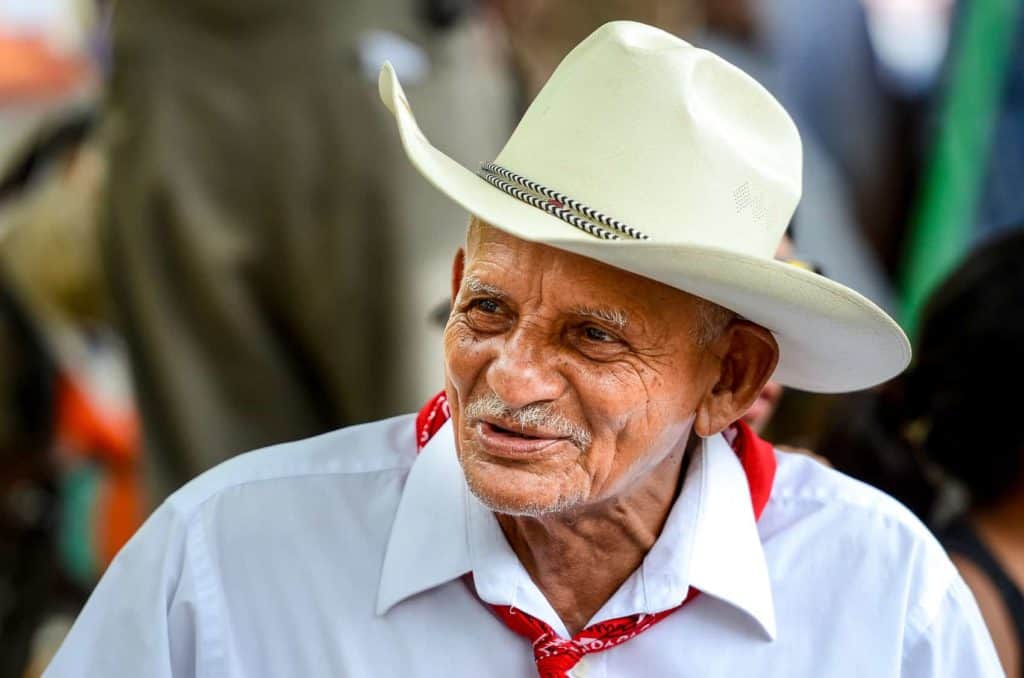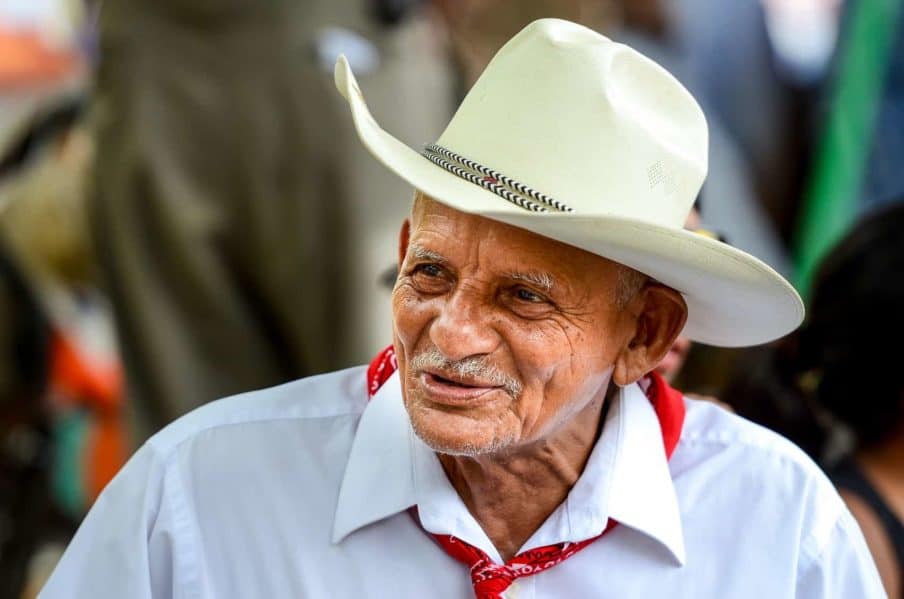
The sabanero is an iconic figure in Costa Rican culture, known for their distinctive outfit and cowboy lifestyle in the cattle country. But what exactly is a sabanero? Let’s dive into this traditional identity that has become an integral part of the nation’s history and self-image.
A sabanero (masculine) or sabanera (feminine) is a Costa Rican cowboy from the northern lowlands or “sabanas.” This cattle country spans the northwestern province of Guanacaste as well as northern parts of Alajuela and Puntarenas. Sabaneros wear particular gear and have customs associated with rural working life on large ranches called haciendas.
The Origins & Evolution of the Sabanero Tradition
Costa Rica’s sabanero culture arose largely in the 1700-1800s. Spaniards had brought horses and cattle in the 1500s, and this livestock flourished on the dry tropical savannas. As the hacienda system took hold, cowboys emerged to manage free-roaming herds. They handled livestock drives to ports for export, becoming skilled riders and ropers.
Initially called vaqueros, early sabaneros developed durable outfits for their labor and local conditions – wide-brimmed hats, leather boots and gloves, durable canvas pants. By the 1900s, traditional embroidered shirts were commonly worn as well. Distinct saddlery and gear also evolved to suit the landscape.
Over generations, sabaneros fostered rich knowledge of wildlife habits, weather patterns, medicinal plants and more while living off the land seasonally for extended cattle drives. Their lifestyle grew more informed by Native American elements versus strictly Spanish ranching. A mixed heritage and profound connection with environment thus defined sabaneros versus European-style cowboys.
Elements of Traditional Sabanero Gear & Customs
The sabanero look that developed in earlier eras remains emblematic of Costa Rican culture today. Key elements include:
Sombrero Sabanero
The famous, wide-brimmed hat often made of pressed felt or straw has a flat top and slightly upturned brim. It shields faces from the harsh tropical sun. Different designs signal region or rank, with mesh added for ventilation. Hat bands may feature ornamentation.
Cotton Shirt
Light long-sleeve shirts made of breathable fabrics like cotton protect skin while allowing airflow. White shirts are very common, but decorative colors and embroidery give flair. Stylized floral patterns and stripe combinations make each shirt unique.
Montaña Pants
Canvass pants dyed black or blue have leather reinforcements covering the inner thighs/knees for durability horseback riding. Looser fit allows air circulation while leather boot straps wrap under boots to keep pant legs from riding up.
Leather Gear
Handcrafted leather accessories complete the sabanero look – ranch boots, kneepads, gloves, chaps, saddlebags, bridles and other tack. Ornate tooling and silver embellishments elevate purely functional items. Carpincho (capybara leather) became very valued.
Lifestyle
Beyond material elements, sabanero heritage encompasses horse mastery, roping/cattle driving skills passed through generations, ballads/oral traditions, seasonal migration for livestock drives, intimate ecological knowledge, and more. Hospitality and community solidarity also mark the culture.
Takeaway
With its varied cultural influences and deep ties to the land, the sabanero identity expresses fundamental aspects of Costa Rica’s national character – resourcefulness, perseverance, creativity, freedom and pride. From handcrafted garments to extensive ecological understanding, sabanero heritage remains very present across Costa Rican society today.
The enduring cowboy lifestyle continues shaping language, customs, wildlife conservation, land rights issues and cultural events countrywide. So next time you see imagery of a classic Costa Rican cowboy, understand the rich historical significance it holds. Pura vida!


